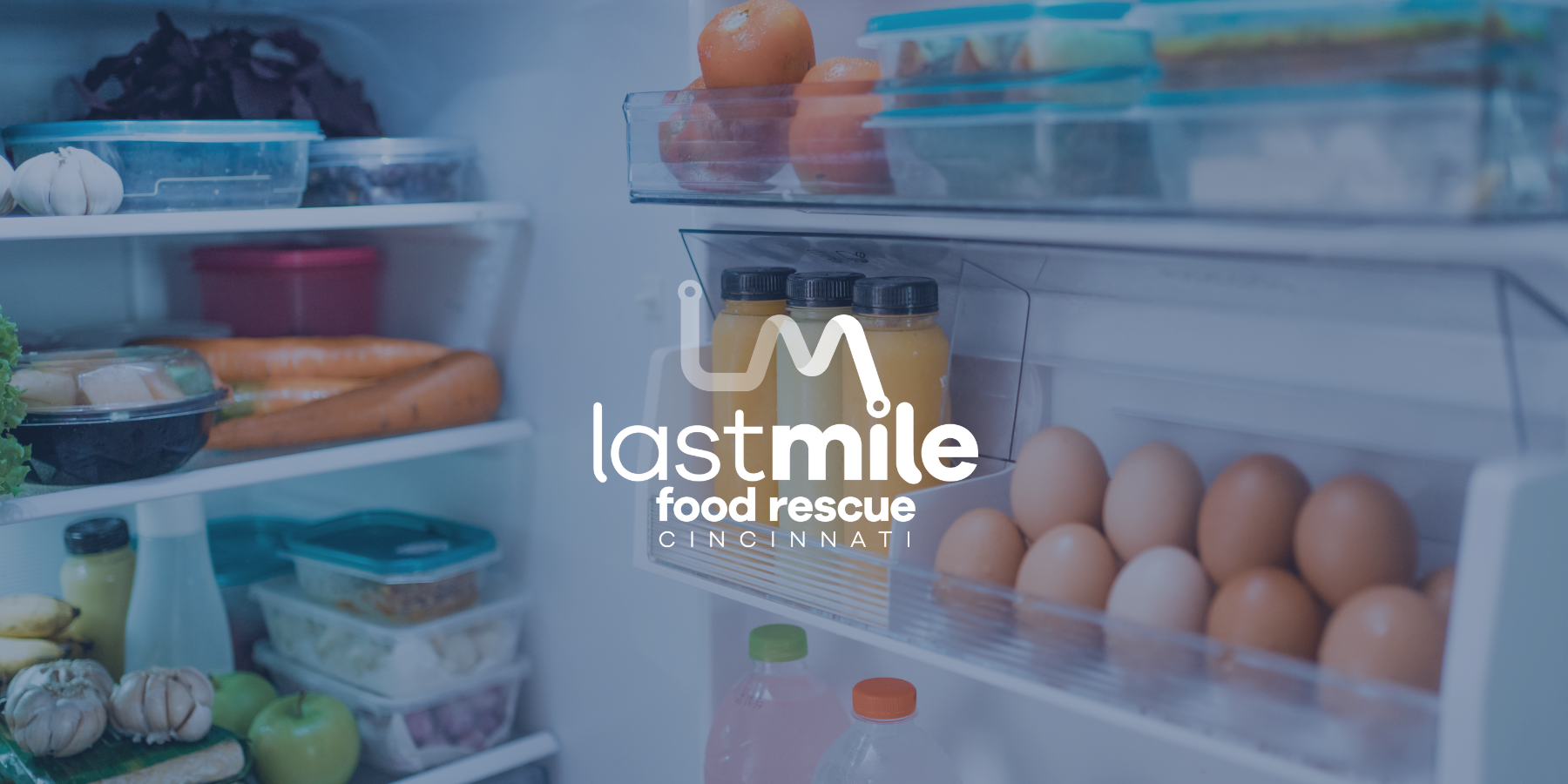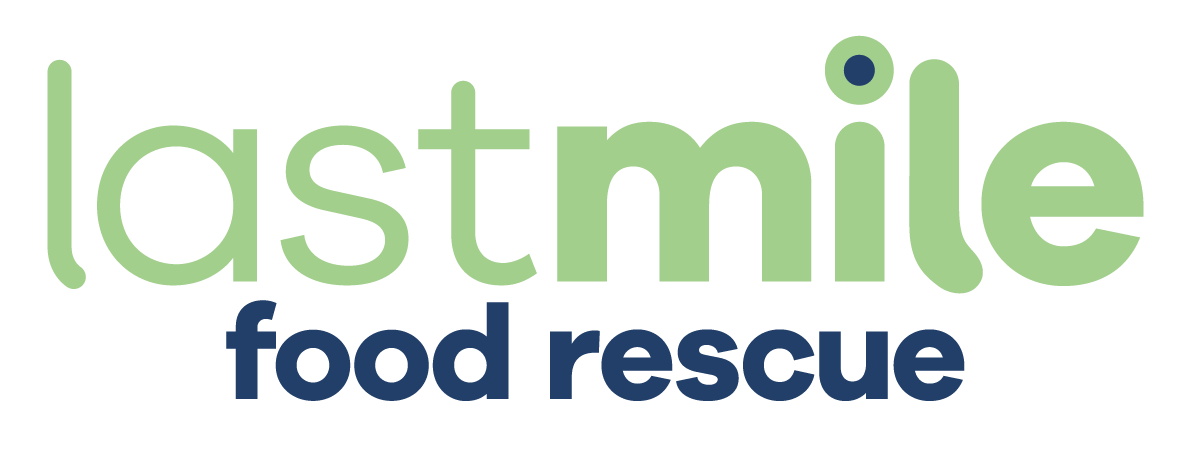Fridge Restock Trend and Food Waste: The Rise of Restock Culture

Have you ever found yourself oddly mesmerized by a video of someone perfectly restocking their fridge? This fridge restock trend has taken over social media…
Not familiar with restock culture?
A quick Google search of “fridge restock” brings up thousands of videos, each more curated than the last. Think perfectly lined yogurt cups and snacks poured into matching containers that feel more like showpieces than storage.
These oddly satisfying clips are the heart of restock culture, where organizing your groceries isn’t just a chore, it’s a content aesthetic.
While there’s nothing wrong with loving a tidy kitchen, this trend raises bigger questions about how we view food, why we buy it, and what happens when we don’t use it.
When Food Becomes Aesthetic
There’s nothing wrong with wanting an organized kitchen. Clean shelves and tidy containers can make life easier and reduce stress when it’s time to cook. Restock culture takes it a step further, turning food into decor. Rows of beverages, color-coded produce, and matching bins become part of the visual identity of the home.
It’s not limited to just our kitchens. This aesthetic has spilled over from, or perhaps originated in, grocery stores, where artfully arranged produce displays and meticulously stocked shelves are designed to be as visually appealing as they are functional. In both spaces, food isn’t just nourishment, it’s presentation.
Food becomes less about nourishing our bodies and more about filling shelves in a way that looks good on camera. And with that mindset can come some unwanted side effects: buying more than we need just to keep our bins full, prioritizing the look of a product over the actual food itself, and sometimes even letting perfectly good food go to waste because it didn’t fit the aesthetic vision.
The Food Waste Problem
According to the FDA, food waste is estimated at between 30-40 percent of the food supply in the United States. A big chunk of this happens in our own homes. It’s not always intentional, but when we buy in bulk for the sake of stocking up or to overfill our fridges trying to achieve that picture-perfect look, food can spoil before we ever get to it.
Even while this aesthetic trend is taking off, millions of people are facing food insecurity and often do not know where their next meal will come from. Perfectly good food sits untouched or gets tossed away simply because it was overbought or forgotten, but others are struggling to access basic groceries. It’s a frustrating disconnect.
What Can We Do?
The good news is, there’s a middle ground. You can still love clear bins and color-coded systems while shopping and storing food more mindfully. Here are a few simple ways to balance it out:
- Only buy what you know you’ll use. Don’t fall into the trap of filling space just for the sake of it.
- Keep track of what you already have. Sometimes food gets forgotten behind those perfect rows.
- Embrace flexibility. It’s okay if your fridge doesn’t always look Instagram-ready. Using up what’s on hand matters more.
- Get creative with leftovers. Find recipes that help you use up odds and ends before they spoil. Try listing your extra ingredients in an AI generator and ask it to give you a recipe.
- Make beauty out of purpose. Aesthetics don’t have to mean waste. Try using food waste reduction techniques that still look good, like storing carrots in a mason jar filled with water to keep them fresh for weeks.
How Last Mile Fits In
Restock culture highlights just how much abundance exists in our food system and how easily that abundance can turn into waste if we’re not paying attention. But with a little more mindfulness in our own kitchens, we each have the power to make a difference.
We work every day to help close this gap between food surplus and food insecurity. Our mission is to intercept surplus food before it ever goes to waste and redirect it to people who need it most. Behind every food rescue is a network of people, planning, and resources working together to make it happen from the moment food is donated to when it reaches local nonprofits and the people they serve.
Whether you’re just being conscious with your own food purchases, volunteering your time, donating excess food, or finding creative ways to reduce waste at home, you’re helping make a difference. Food holds far too much value to end up in the trash. If you’re passionate about turning excess into impact, consider making a donation. With your support, we can continue ensuring good food gets where it’s needed most.

